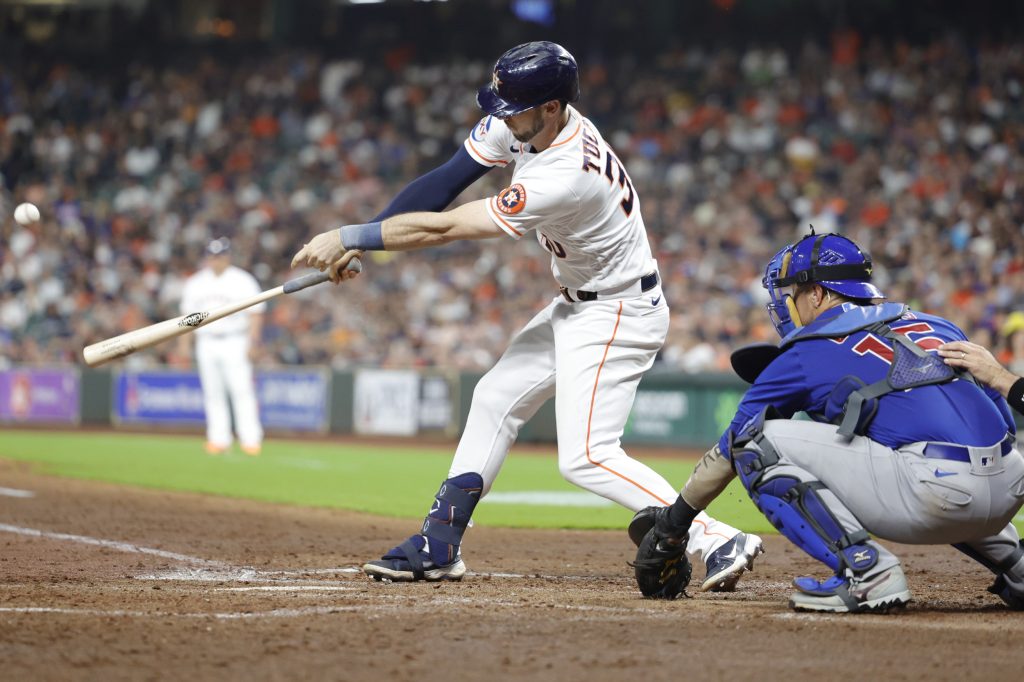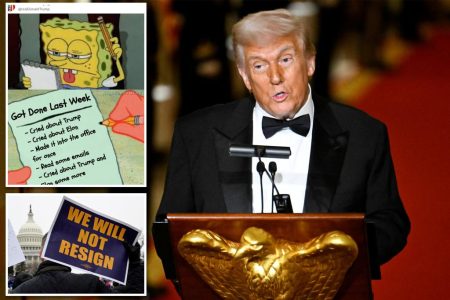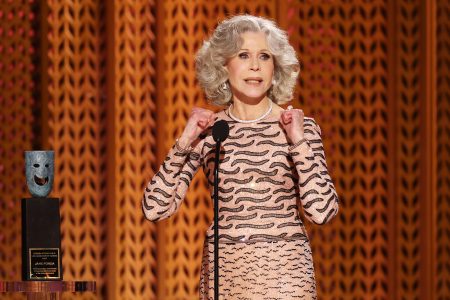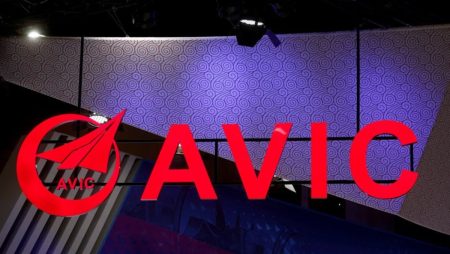The Chicago Cubs’ pursuit of pitching reinforcements took a hit with the Boston Red Sox acquiring Chicago White Sox pitcher Garrett Crochet. This leaves Cubs General Manager Jed Hoyer searching for alternative avenues to bolster the team’s roster, a quest complicated by the substantial financial commitments already on the Cubs’ payroll. A potential solution, and one gaining traction among baseball analysts, involves a blockbuster trade for Houston Astros outfielder Kyle Tucker. This move, while potentially expensive in terms of player capital, could provide the offensive punch the Cubs need to compete effectively.
Kyle Tucker’s profile aligns perfectly with the Cubs’ needs. He is a proven offensive force, boasting impressive statistics, including a WAR over four in a shortened 2023 season. His consistent performance has earned him three consecutive All-Star selections, and at just 27 years old, he represents a valuable long-term asset, even if only for the remaining two years of his current contract. The availability of such a high-caliber player, while surprising, presents a unique opportunity for the Cubs to significantly upgrade their lineup. Analysts like Mark Powell of FanSided strongly advocate for the Cubs to capitalize on this opportunity, emphasizing the potential impact Tucker could have on the team’s offensive production.
Acquiring a player of Tucker’s caliber would undoubtedly require a significant investment from the Cubs. Potential trade packages could involve established major league players like Seiya Suzuki, Isaac Paredes, Cody Bellinger, or even starting pitchers from the Cubs’ rotation. The Astros would also likely expect a significant return in terms of promising prospects, further adding to the cost of the trade. This necessitates a careful evaluation of the Cubs’ current roster and farm system to construct a deal that strengthens the major league team without jeopardizing future success.
The pursuit of Kyle Tucker should be viewed as a strategic acquisition with a defined timeframe. While his offensive contributions could significantly improve the Cubs’ chances in the short term, the likelihood of retaining him beyond his current contract is slim. Early projections place Tucker’s value in free agency, at the end of the 2025 season, between $195 million and upwards of $300 million. This exorbitant potential cost makes a long-term commitment highly improbable for the Cubs, who would likely view Tucker as a valuable two-year rental aimed at maximizing their competitive window.
This “rental” strategy, while potentially risky, could be a calculated gamble for the Cubs. By acquiring a proven star like Tucker, they would signal their intent to compete seriously in the immediate future, potentially attracting other free agents and bolstering their chances of a deep playoff run. However, the cost of such a move, both in terms of player capital and the potential for future salary constraints, must be carefully weighed against the potential benefits. The Cubs must determine if the short-term gains outweigh the long-term implications of depleting their farm system and potentially losing Tucker without compensation after the 2025 season.
The Cubs’ front office now faces a critical decision. Do they pursue a high-stakes trade for a player like Kyle Tucker, accepting the associated risks and costs for a chance at immediate contention? Or do they adopt a more conservative approach, prioritizing long-term development and financial flexibility? The answer will likely shape the direction of the franchise for years to come. The baseball world watches closely as the Cubs navigate this crucial juncture, eager to see if they swing for the fences or opt for a more measured approach to team building.










